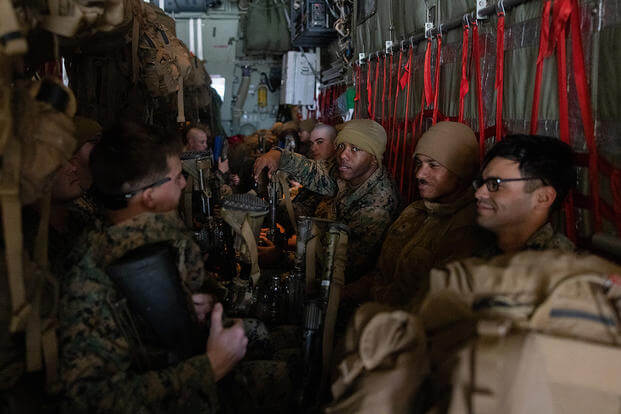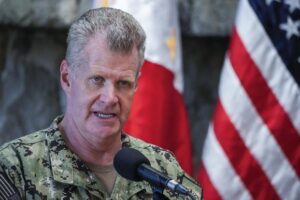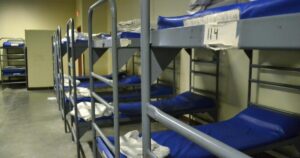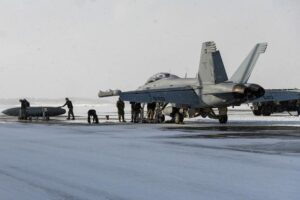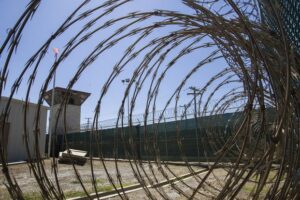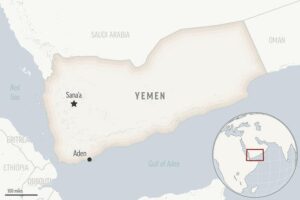Deployment to Guantanamo Bay Signals New Phase in Immigration Policy
In a significant move reflecting the Trump administration’s staunch stance on immigration, troops have been sent to Naval Station Guantanamo Bay to bolster “holding operations” for migrants entering the U.S. unlawfully. This initiative is part of President Donald Trump’s broader strategy to manage immigration at the southern border.
Currently, 310 service members, including 170 Marines from the 1st Battalion, 6th Marine Regiment, have been deployed to the site. These Marines arrived over the weekend, tasked with setting up essential logistics such as tents and cots to support the Department of Homeland Security, according to a U.S. Southern Command spokesperson who requested anonymity.
Additional personnel from U.S. Southern Command and U.S. Army South are also present, although specific numbers from each entity remain undisclosed. The duration of their deployment is uncertain, as mass migration events are inherently unpredictable, the spokesperson noted.
This deployment is a recent step in what President Trump has described as the “largest domestic migrant deportation operation in U.S. history.” Last week, Trump highlighted the availability of “30,000 beds in Guantanamo” designated for detaining “the worst criminal aliens.” Despite this announcement, details on the detainees and their legal rights are sparse. Homeland Security Secretary Kristi Noem assured that migrants would receive “due process” but declined to elaborate further or exclude the possibility of detaining women and children.
The expansion plans for Guantanamo Bay’s capacity are yet to be clarified. Historically, the base has detained migrants under different U.S. administrations, but it is more widely recognized for housing terrorism suspects linked to the 9/11 attacks.
Defense Secretary Pete Hegseth emphasized Guantanamo Bay’s suitability for detaining both migrants and “hardened criminals,” citing the facility’s capacity for high-security imprisonment. However, it remains unclear whether he referred to the Migrant Operations Center or the high-security detention camp used for terrorism suspects.
The total number of troops to be dispatched is not yet determined. The Associated Press reported a potential deployment of up to 500 Marines to the base, based on unnamed defense sources.
“The number of service members will continue to fluctuate as additional forces are tasked to deploy and will be scaled based on the requirements of the Department of Homeland Security, which is the lead federal agency,” the U.S. Southern Command spokesperson stated.
Marine 1st Sgt. Johnny Stone, recently deployed from Cherry Point, North Carolina, told reporters, “This is what we train for. At a moment’s notice, we get the call; like I said, we were in the field training for something like this, and it happened. We stay ready, and we’re ready to go and here we are.” (Source).
While the Marines are responsible for setting up detention infrastructure, their involvement in law enforcement or direct detention activities remains under DHS jurisdiction. Details on the exact number of tents or their precise locations within the 45-square-mile facility are still unknown.
Some officials, including those representing the Navy, were unable to provide additional insights into the Marines’ mission on the base.

